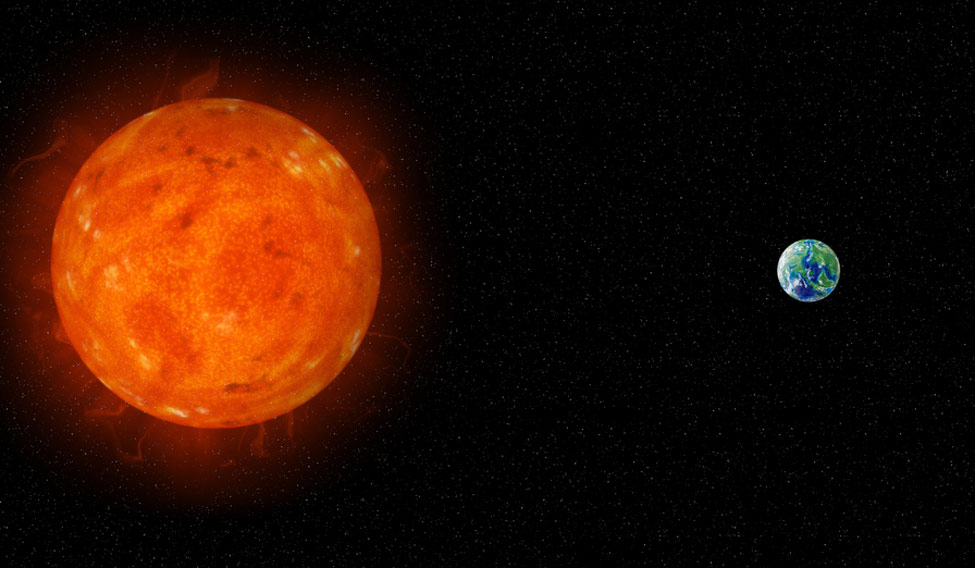Man has sent spacecrafts to the moon, Mars and to outer space to venture the world beyond. But is it possible to send a spacecraft to the scorching sun? Yes, it is. Or that's what NASA says.
In 2018, NASA plans to send its first robotic spacecraft to the sun, which is about 149 million km from the earth. The space agency has taken on this mission to explore the sun to help man prepare for a potentially catastrophic solar event that could wreck havoc on earth. NASA, through its ambitious project, plans to unravel some of the oldest scientific mysteries about the sun.
Coronal heating: NASA's Solar Probe Plus will come within six million kilometre of the sun's surface, exposing itself to highest ever heat and surface radiation. At the surface, the sun's temperature is about 5,500 degrees Celsius. You might think, the farther you are from a heat source, the colder it gets. But what is fascinating is that the temperature in the atmosphere around the blazing sun is, strangely, unimaginably higher than its surface—2 million degrees Celsius! The reason why the surface of the sun, called the photosphere, is not as hot as its atmosphere, the corona, is a mystery. And the mission hopes to find answers.
Solar winds: For long, scientists have known that the sun is the source of the solar wind; a flow of gases from the sun that streams past the earth at speeds of more than a million miles per hour. In 1859, British astronomer Richard C. Carrington first suggested the existence of particles flowing outward from the sun to the earth. The high-energy particles emitted by these solar flares can cause damage to astronauts and satellites orbiting earth. Now, the earth's magnetic field acts as a shield, redirecting these materials away from its surface. But if these magnetic materials reach the surface, it could damage life. The strength of the solar winds depend on the activity in the sun's surface. The solar probe will trace the flow of energy on the sun's surface and observe the sun's magnetic fields that are the source of solar winds.
If all goes as planned, NASA's Solar Probe Plus will be the closest that a spacecraft has ever made it to the sun. Until now, the closest were Helios 1 (1974), which flew to within 47 million kilometre of the sun, and Helios 2 (1976), which flew to about 43 million kilometre of the sun.
SOLAR SYSTEM
NASA to launch mission to the sun

NASA, through its ambitious project, plans to unravel some of the oldest scientific mysteries about the sun
This browser settings will not support to add bookmarks programmatically. Please press Ctrl+D or change settings to bookmark this page.




